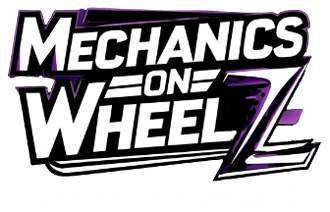As summer winds down and cooler weather sets in, it’s a great time to take a closer look at your vehicle’s timing belt. This critical component keeps your engine running smoothly, and if it fails, it can lead to major engine damage and expensive repairs. Knowing the warning signs and when to replace your timing belt can save you from an unexpected breakdown this fall.
Why the Timing Belt Matters
The timing belt synchronizes the movement of your engine’s camshaft and crankshaft, ensuring valves open and close at the right time. Over time, the belt wears out and can crack, fray, or even snap completely. If it fails while driving, the results can be catastrophic—especially in interference engines where valves and pistons can collide.
Signs Your Timing Belt May Be Failing
Timing belts don’t typically give obvious warnings before they break, but there are a few subtle signs to watch for:
- Ticking or clicking noises from the engine
- Difficulty starting the car or rough idling
- Visible cracks, fraying, or glazing on the belt (if you can see it)
- Oil leaking near the timing belt cover, which can weaken the belt over time
If your vehicle exhibits any of these symptoms, don’t wait—have it inspected right away.
When Should You Replace It?
Most manufacturers recommend replacing the timing belt every 60,000 to 100,000 miles, but this varies by vehicle. Check your owner’s manual or ask your mechanic for your car’s specific interval. If you’ve recently bought a used vehicle and don’t know its service history, it’s smart to have the timing belt inspected for peace of mind.
Why Fall Is a Good Time to Check
Cooler weather can make existing cracks or wear worse, especially if you’re planning fall road trips or your car has been working hard through summer heat. Inspecting or replacing your timing belt now helps you avoid trouble when the temperature drops and keeps your engine performing reliably.
Final Thoughts
A timing belt replacement may not seem urgent—until it’s too late. As fall approaches, take the time to check this critical part and stay ahead of potential problems. It’s a preventative step that can protect your engine and save you from costly repairs down the road.

